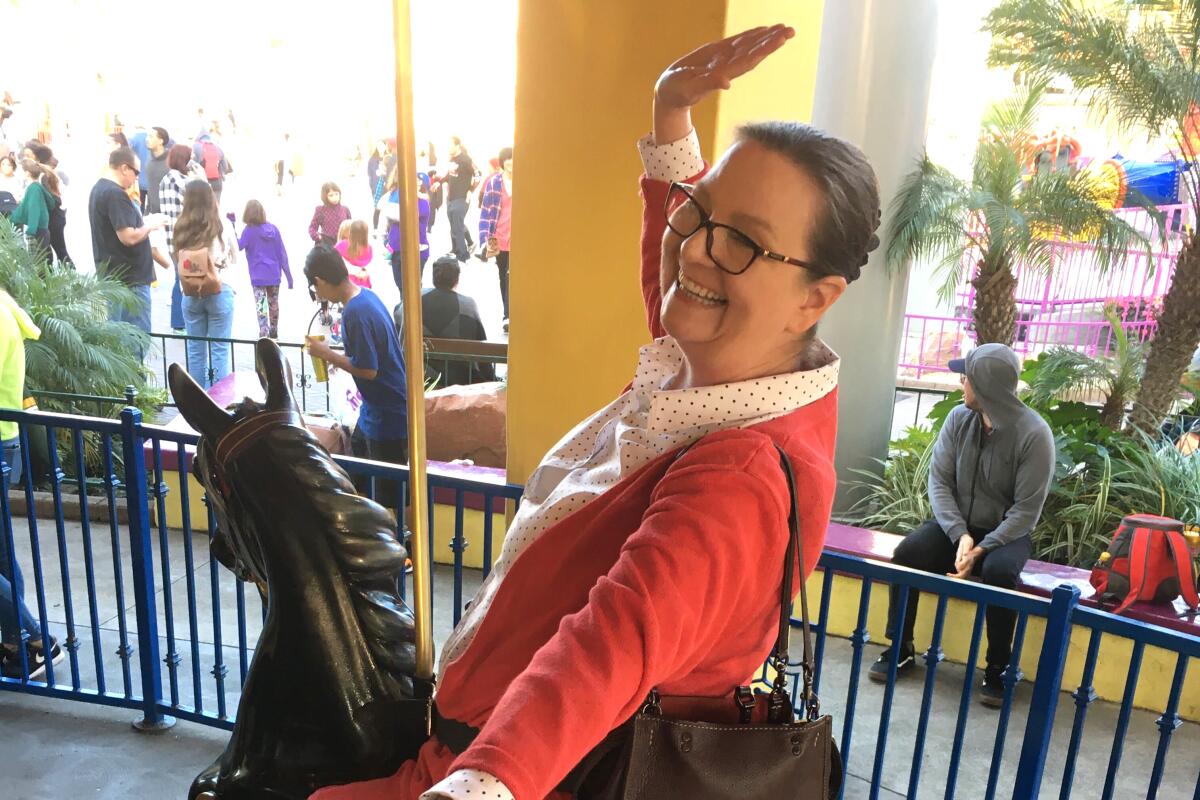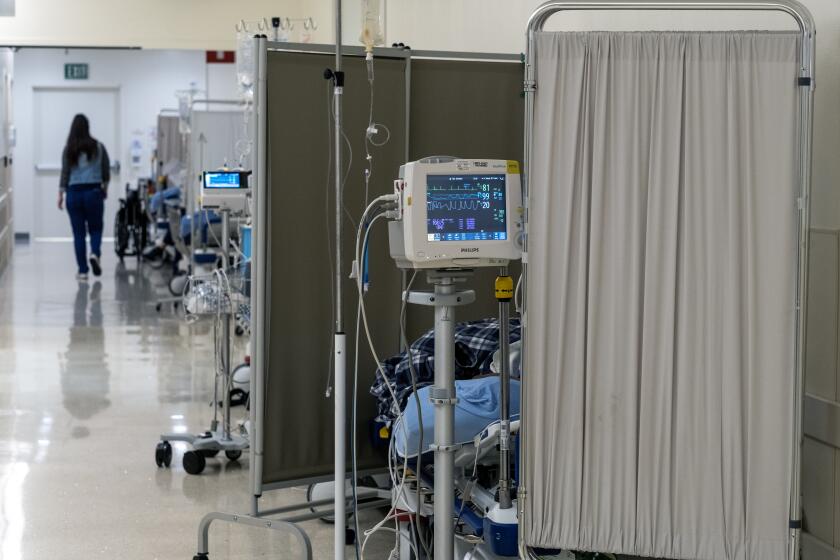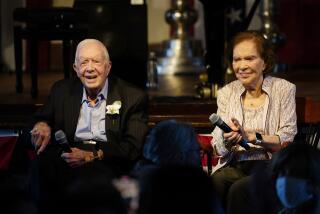A good death on hospice for my mom after the horror of brain cancer

- Share via
My brother’s text the morning of Aug. 2 was urgent: “Her breathing has just now shifted. … I think we’re closer, not there but closer.”
Our mother was dying, but not in the gradual way she had been since her brain cancer diagnosis in May. This was “active dying,” the end-of-life phase where breathing and circulation rapidly slow until they cease.
My brother was with nurses at our mom’s bedside, sending updates as I raced in from my home in Alhambra. He knew the end was near because our mom had been on hospice care at her home in Glendale for a week, and the nurses who performed daily checkups had explained to us what we might see as death approached.
The hospice experience was starkly different from the previous three months that our mother, a highly regarded nurse working in a prenatal clinic at Los Angeles General Medical Center, spent in the hospital undergoing treatment for the cancer. She had endured surgeries, infections, tube feeding and chemotherapy, in hopes of a cure or, failing that, a year or two more with her grandchildren.
My 65-year-old mother was working as a nurse until a brain tumor took away almost everything. The sudden life changes that come with caregiving cannot be anticipated.
Tragically, that hope would go unfulfilled. The day after her final scan showed that treatment had failed, our frail mom indicated with the hand squeezes she used to communicate with us that she wanted to go home.
That night, after many tearful goodbyes with doctors and nurses on the oncology ward and a logistical sprint to make her living room fit a hospital bed, my mother went home.
She was dying. But the week ahead would be her best in months.
Gone were the noisy IV pumps and blood pressure cuff intermittently squeezing her arm; in their place was morphine and the quiet company of loved ones. Visitors came and went, without the hospital’s mandatory security check-in.
Nursing colleagues streamed in to pay moving tribute. My children stayed for hours at a time, free to move indoors and outdoors. The pastor from our old Lutheran church brought over her service puppy-in-training and read from the Bible.
Though still bedridden, my mom regained some freedom at home. Having lost the ability to swallow, she was under a “nothing by mouth” order at the hospital. But on hospice, no one objected when I swabbed a few drops of her favorite drink onto her tongue. It was “medicinal Diet Coke,” I told a nurse.
This sense of freedom and improved quality of life is typical in terminally ill patients when the goal of care becomes comfort. “When we’re no longer focused on the disease, we’re focused on the patient,” said Betty Ferrell, a pioneer in hospice and palliative care medicine who directs nursing research and education at City of Hope, a cancer treatment and research hospital based in Duarte. “Then, it’s like having a clear lens.”
Both she and Dr. Finly Zachariah, another City of Hope palliative care expert, told me they encourage doctors and patients to discuss end-of-life wishes and advance directives soon after diagnosis with a serious illness, or well before that.
Ferrell told me that when she began her career, the term “palliative care” didn’t even exist. Now, there’s a cultural shift underway in discussing death comfort care. Part of that change, Ferrell said, comes from people sharing their experiences caring for terminally ill loved ones in different settings. Those conversations help others form and express their own end-of-life wishes.
My family’s experience with hospice care came to an end Aug. 2. It was the kind of morning my mom would like — sunny, but just before tipping into the midday August heat she dreaded.
“She’s waiting for the both of you to be here,” one of the hospice nurses said as I stumbled into the living room. In the moment I had no idea what she meant, but I would soon find out.
I sat with my brother and laid my head on my mom’s lap. It was 10:24 a.m., and we watched as Beth Maureen Farestveit, age 65 years and 8 months, drew a difficult breath. Then we waited, and waited, and waited for another.
I asked the hospice nurses if my mom was gone. One blinked out a few tears and nodded.
More to Read
A cure for the common opinion
Get thought-provoking perspectives with our weekly newsletter.
You may occasionally receive promotional content from the Los Angeles Times.











